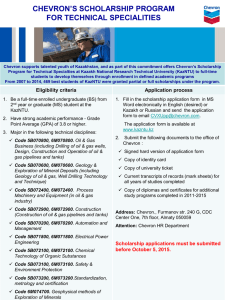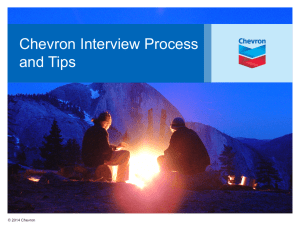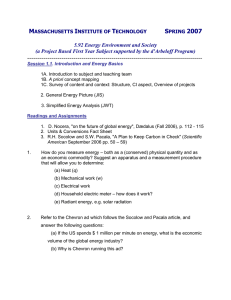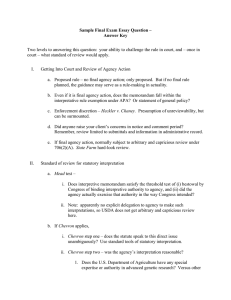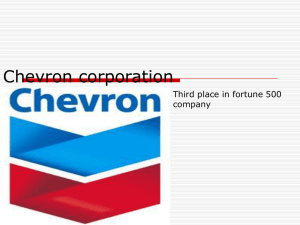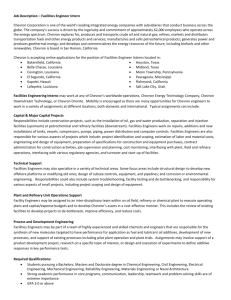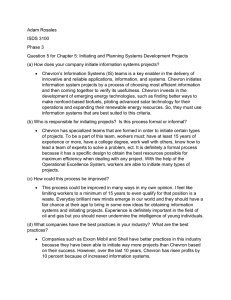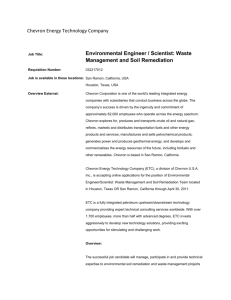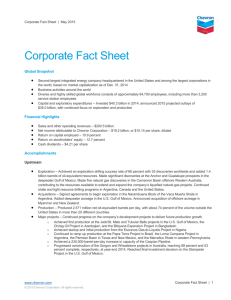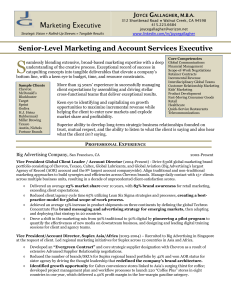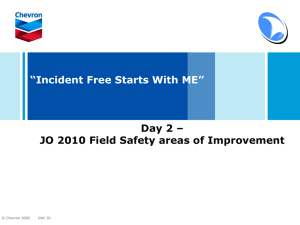Real World Case
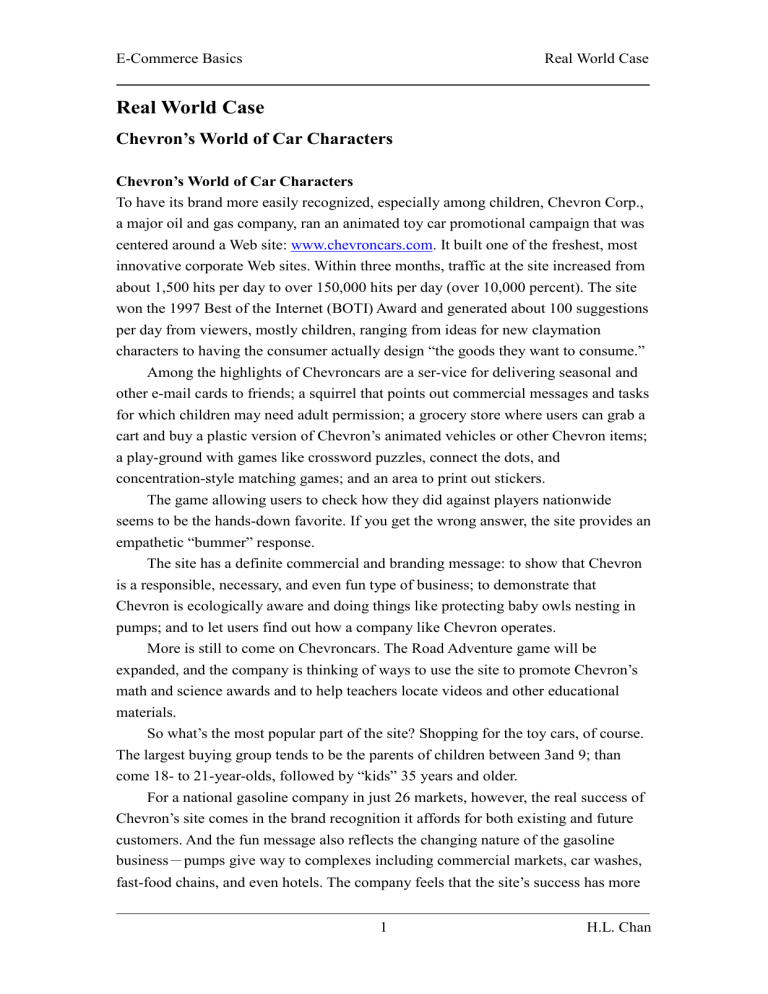
E-Commerce Basics Real World Case
Real World Case
Chevron’s World of Car Characters
Chevron’s World of Car Characters
To have its brand more easily recognized, especially among children, Chevron Corp., a major oil and gas company, ran an animated toy car promotional campaign that was centered around a Web site: www.chevroncars.com
. It built one of the freshest, most innovative corporate Web sites. Within three months, traffic at the site increased from about 1,500 hits per day to over 150,000 hits per day (over 10,000 percent). The site won the 1997 Best of the Internet (BOTI) Award and generated about 100 suggestions per day from viewers, mostly children, ranging from ideas for new claymation characters to having the consumer actually design “the goods they want to consume.”
Among the highlights of Chevroncars are a ser-vice for delivering seasonal and other e-mail cards to friends; a squirrel that points out commercial messages and tasks for which children may need adult permission; a grocery store where users can grab a cart and buy a plastic version of Chevron’s animated vehicles or other Chevron items; a play-ground with games like crossword puzzles, connect the dots, and concentration-style matching games; and an area to print out stickers.
The game allowing users to check how they did against players nationwide seems to be the hands-down favorite. If you get the wrong answer, the site provides an empathetic “bummer” response.
The site has a definite commercial and branding message: to show that Chevron is a responsible, necessary, and even fun type of business; to demonstrate that
Chevron is ecologically aware and doing things like protecting baby owls nesting in pumps; and to let users find out how a company like Chevron operates.
More is still to come on Chevroncars. The Road Adventure game will be expanded, and the company is thinking of ways to use the site to promote Chevron’s math and science awards and to help teachers locate videos and other educational materials.
So what’s the most popular part of the site? Shopping for the toy cars, of course.
The largest buying group tends to be the parents of children between 3and 9; than come 18- to 21-year-olds, followed by “kids” 35 years and older.
For a national gasoline company in just 26 markets, however, the real success of
Chevron’s site comes in the brand recognition it affords for both existing and future customers. And the fun message also reflects the changing nature of the gasoline business - pumps give way to complexes including commercial markets, car washes, fast-food chains, and even hotels. The company feels that the site’s success has more
1 H.L. Chan
E-Commerce Basics Real World Case to do with listening to what people want than any master plan.
CASE QUESTIONS
1.
Why does the company believe that the site’s success was not the result of any master plan?
2.
Explain the logic of using claymation cars to advertise the sale of gasoline.
3.
The company used the claymation cars in their television ads. Visit www.chevroncars
: and examine the advantages over the television ad (if you have not seen it , try to find information about it).
4.
Why is Chevron targeting 5- to 12-year-olds? They certainly do not buy gasoline, and by the time they drive cars, we will see many changes in gasoline sales.
5.
From what you have learned in this chapter, what do you think are the factors that contribute to the site’s success?
2 H.L. Chan
